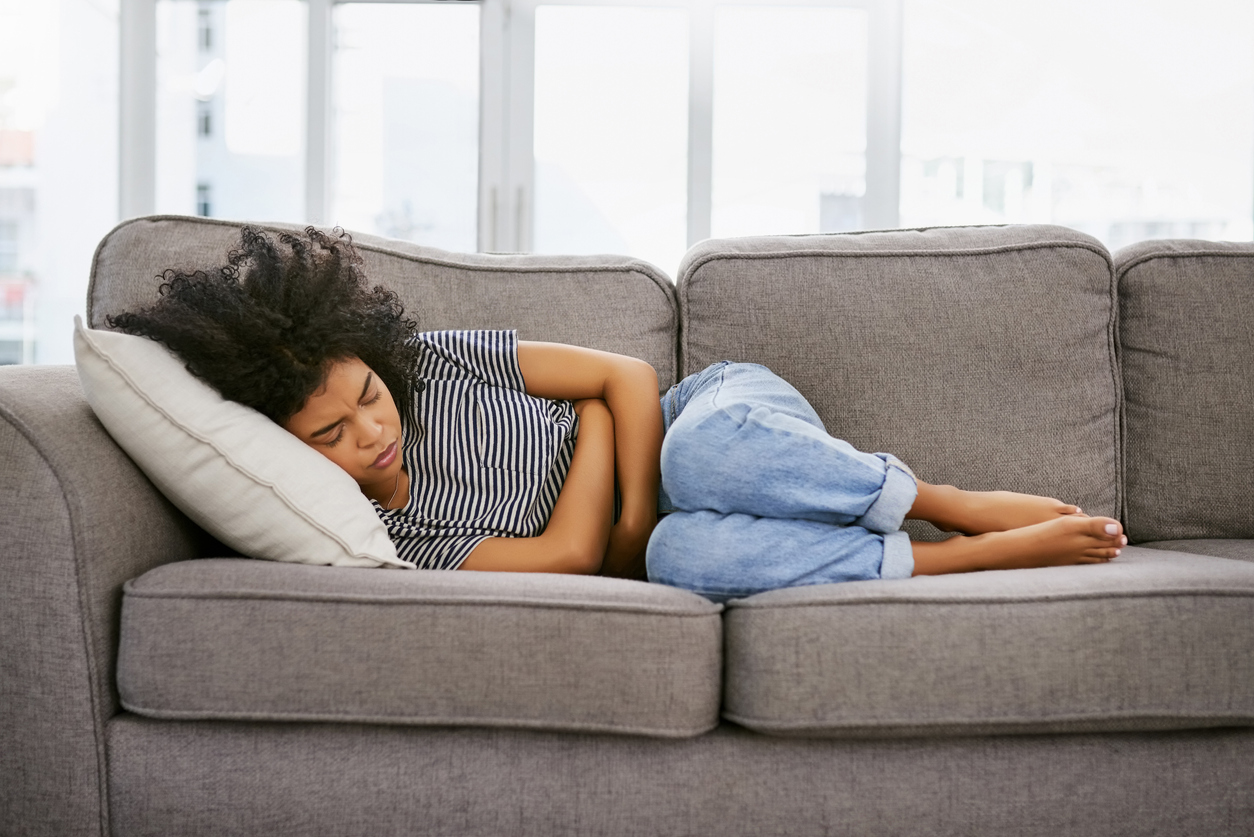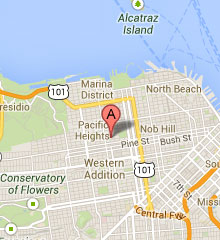Historically, women have been conditioned to treat discomfort as a natural side effect of … well, being female.
However, there at least three uniquely female health-related symptoms you don’t have to accept as part of your daily life – one at each stage of womanhood. Modern medicine can help relieve pain and discomfort when it comes to the following:
- Symptoms of premenstrual syndrome (PMS)
- Symptoms of menopause
- Symptoms of postmenopausal osteoporosis
Say ‘goodbye’ to PMS cramps, fatigue and moodiness
Most normal PMS symptoms can be alleviated through a combination of acetaminophen and caffeine (consult your doctor). Other homeopathic treatments – such as aromatherapy, a hot bath or massage – can also go a long way toward reducing period discomfort.
If your symptoms stretch beyond the norm, it’s time to consult your gynecologist. Sometimes, simple lifestyle changes or the addition of vitamins to your diet can help. In more extreme cases, your doctor might prescribe hormone therapy or even diagnose and treat conditions such as heavy menstrual bleeding or premenstrual dysphoric disorder (PMDD). Empower yourself to start this conversation with your doctor if your suffering goes beyond a day or two of cramps, bloating and minor irritability.
Bid ‘adieu’ to the hot flashes and sleeplessness of menopause
Menopause management is now a complete area of expertise within the field of gynecology. Menopause symptoms are far-ranging, including breast tenderness, hot flashes, trouble sleeping, incontinence, forgetfulness, discomfort during intercourse and more. These symptoms are not only unpleasant, but they can also make going to work and caring for yourself or loved ones difficult.
You might find menopause relief through hormone replacement therapy. This may include supplementing your natural estrogen supply with the addition of artificial estrogen, whether in cream, tablet or ring format – whichever best suits your lifestyle needs.
Say ‘so long’ to the bone loss and joint pain of postmenopausal osteoporosis
Decreasing levels of natural estrogen in the body as you age can contribute to bone loss, fractures and limited mobility. Of the 10 million Americans with osteoporosis, 80% are women. Many osteo fractures can affect the spine, leaving older women in need of long-term medical care and limiting their independence.
New prescription medicines are now available to tackle these unpleasant side effects of aging. In addition to medication and hormone therapies, your doctor can recommend appropriate diet and exercise regimens that will help reduce the symptoms of osteoporosis.
Remember: Asking your doctor to help relieve these or any women’s health-related symptoms doesn’t make you a complainer or a weak person. It simply means you’re an empowered person who wants to live the best life she can.


